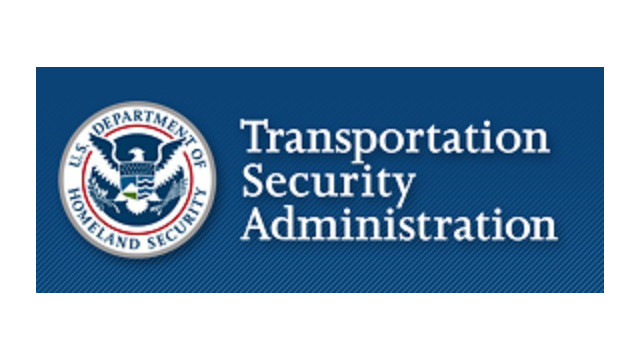Beginning tomorrow, October 26, passengers heading to the USA will be subject to a substantial increase in security measures before being allowed to board their flight. In fact, the new requirements include being at the airport AT LEAST 90 minutes ahead of your USA-bound flight’s departure so that you have enough time for the new screening process. This covers all USA and International carriers that fly to the USA.
According to the TSA, this will impact 2,000 daily flights that arrive in the USA and approximately 325,000 passengers.
This is not exactly a new surprise that popped up today. Tomorrow happens to be a deadline that was set 120 days ago when the USA first issued bans on electronics in the cabin, and other restrictions. Most if not all of those restrictions have since been lifted once airlines and airports demonstrated compliance with the new policies.
What might be different starting tomorrow?
The biggest change that I see is that security personnel will increase the number of ‘random’ interviews that they conduct with passengers heading to the USA. These interviews can happen either at the check-in area or at the gate.
Airlines have announced substantial changes as a result of this policy change. For example, Cathay Pacific has suspend ‘remote check-in’ at locations away from the airport and bag drop off services in cities such as Hong Kong.
Lufthansa Group is asking Economy Class passengers to be at the airport at least 90 minutes prior to departure to allow for enough time for the added scrutiny.
The TSA has been intentionally cryptic with what other security measures take effect tomorrow, but considering the nature and sensitivity of security, it’s understandable that they’re not telling us everything that they plan on doing. In their comments however they did indicate that this security enhancement is being done in order to prevent something like an Electronics Ban from being reinstated.
I guess for that alone, a little more screening at the airport is a small price to pay.




So we can be curious if something (and if so, what) will be changing. Lufthansa suggests to be at the airport at least 90 minutes? Wow, that’s amazing. I think about 16 years ago, it was announced one should arrive at the airport 3 hours before your flight instead of the typical 2 hours when traveling to the US … due to increased security.
And now it gets even “longer” to … one and a half hour.
But still we don’t know yet what will be changed. Random interviews? Maybe different from those already performed when checking in (security questions about contents of your bags, etc). This has been done at least since 2000, the first time I flew to the US.
And it cannot be additional screening of electronics because this has been done for a few years now (everything must be removed from your carryon bags … I mean everything that has to do with electric power, like devices, cables, etc).